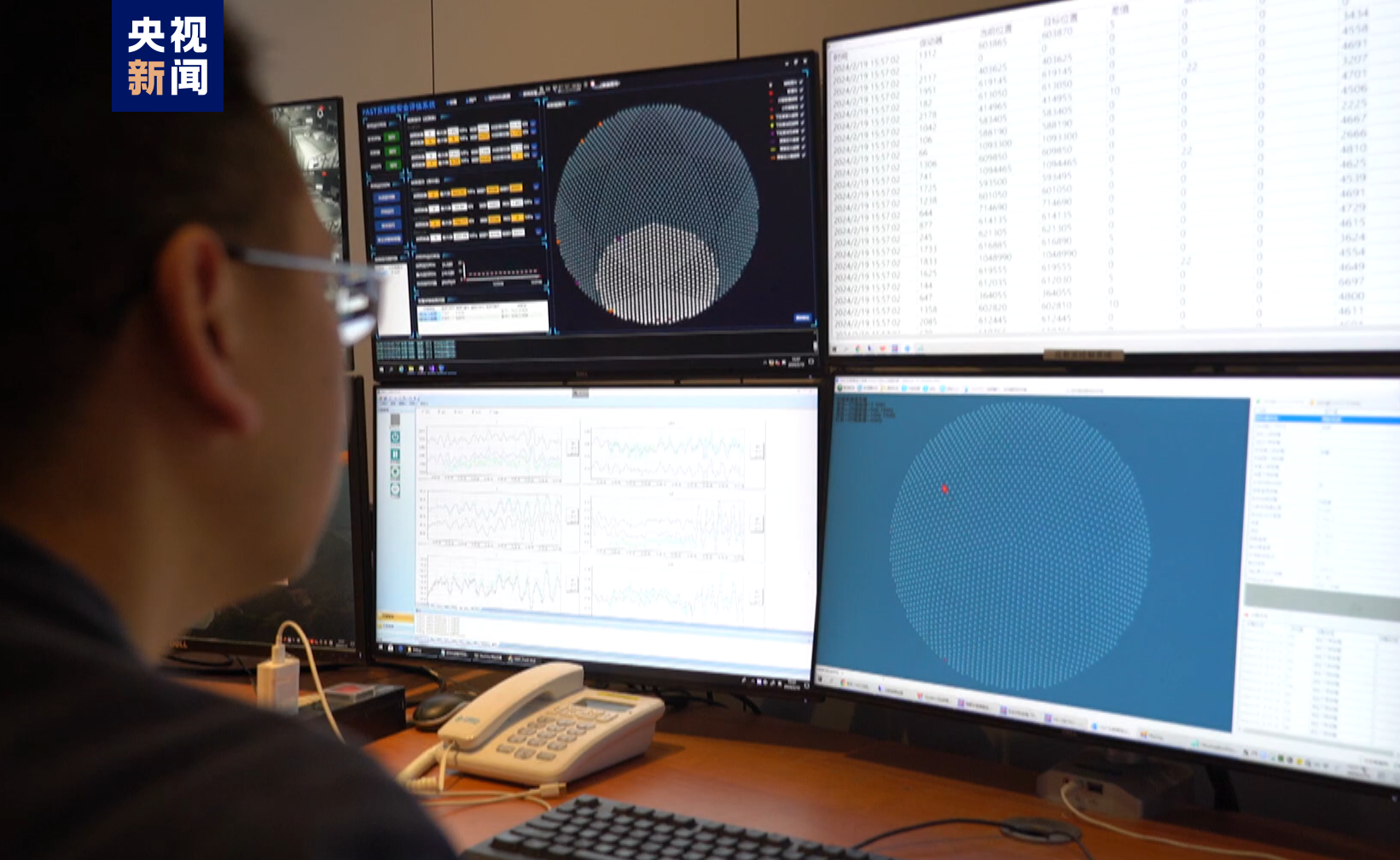
The reporter learned from the National Astronomical Observatory of the Chinese Academy of Sciences that, as of now, the Five-hundred-meter Aperture Spherical Radio Telescope (FAST), known as the "China Sky Eye", has discovered more than 900 new pulsars, of which the Galactic Plane Pulsar Survey, one of FAST's priority and major projects, has discovered more than 650 pulsars. Among the more than 900 pulsars, there are at least 120 binary pulsars, 170 millisecond pulsars, and 80 faint sporadic pulsars. These discoveries have greatly expanded the limits of human observation of the universe.

It is understood that in the 50 years from the discovery of the first pulsar in 1967 to the discovery of the first pulsar by FAST in October 2017, only more than 3,000 pulsars have been discovered worldwide. The number of pulsars discovered by the "China Sky Eye" is more than three times the total number of pulsars discovered by other telescopes in the world during the same period. In addition, the "China Sky Eye" has expanded the scope of human observation of the radiation intensity of pulsars. Among the more than 900 new pulsars discovered by it, most are faint pulsars that are difficult to detect by other telescopes in the world.

Experts said that the radiation flux density of the nearly 100 faint sporadic pulsars discovered recently is one order of magnitude lower than that of normal pulsars. The study of these sporadic pulsars is of great significance for understanding how many dense neutron star remnants are formed after the death of stars in the Milky Way and revealing the unknown physical process of pulse radiation.
At present, FAST's annual observation time is stable at around 5,300 hours, playing an important supporting role in the continuous output of scientific research results.


